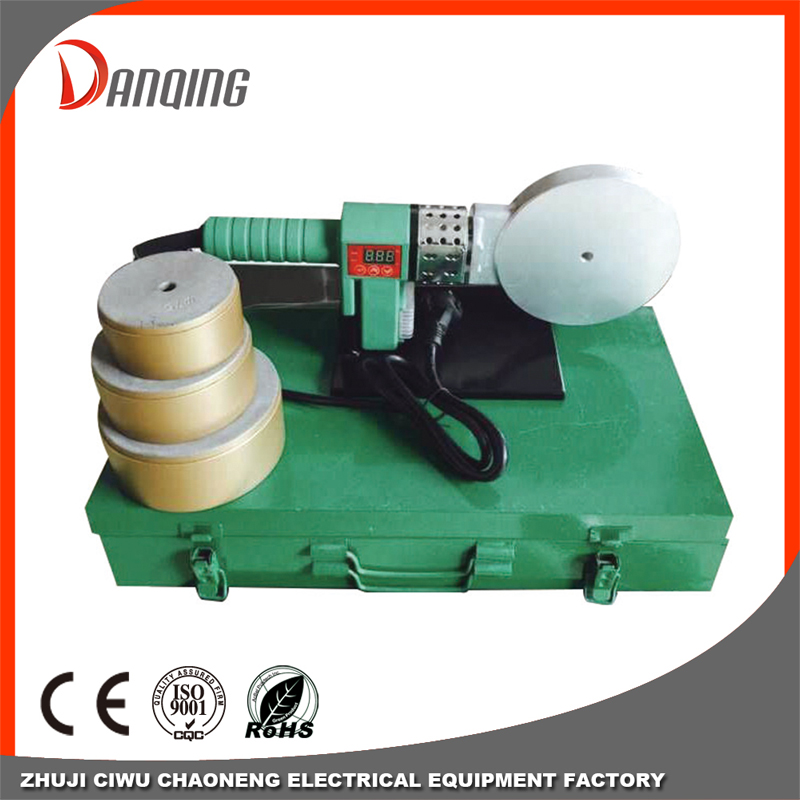Process and sequence of general weldment welding
To manufacture a product with a welded structure, proce […]
To manufacture a product with a welded structure, processes such as material preparation, assembly, spot welding preheating, welding, post-welding heat treatment, and inspection are required.
1. Material preparation
The material preparation process includes steel correction, marking and numbering, blanking, edge processing, hole making, etc.
(1) Correction. Due to uneven heating and cooling of the steel during the rolling process, or due to improper shipment and storage, the surface of the steel has defects such as unevenness, bending, and distortion. If these defects exceed the allowable range, they must be corrected.
(2) Marking and numbering. To manufacture a part, you first need to draw the processed part on the steel according to the drawing size and use it as a drawing method. This kind of work is called scribing. Scribing is a more complicated and detailed work in production. It must ensure that the parts have the correct size and shape, so that the steel is used reasonably. When encountering parts with curved surfaces, gold development is also required. Draw lines directly on the steel plate one by one, wasting man-hours, so it is only used when single-piece production or when the number of repetitions is small. If the production volume is large or mass production, a sample plate should be made, and the sample plate should be used to mark the steel plate. Use the template to mark the steel plate to call the number material.
When manufacturing a new product, in order to check whether the drawing size is correct before marking, and to determine the blanking size of certain parts, etc., it is necessary to stake out. Just use the ratio of 1:1 to draw the components as they are to check the correctness of the drawings.
(3) Cutting of steel. Blanking is to cut the contour line drawn on the steel, generally there are two methods of mechanical cutting and flame cutting.
(4) Edge processing. The bevel of the preparation weld can be cut by gas cutting, carbon arc gas wound or planer.
(5) Rolling plates and elbows. In the manufacture of boilers, ships and chemical containers, many steel plates and steel pipes must be rolled into a circle or bent into a certain shape. Steel bending at room temperature is called cold bending, and bending after heating is called hot bending. When the bending radius is large, it can be cold bending, if the bending radius is small, it should be hot bending.

2. Assembly, spot welding, preheating, welding, post-welding heat treatment
A welded component product has many welds, and the quality of the welds (especially the main welds) directly determines the quality of the product. In order to obtain high-quality welds, in addition to the correct selection of welding materials, process methods, and process specifications, which welding method is used is also very important. Production practice shows that the quality of flat welding (especially boat welding) is the easiest to guarantee, with fewer defects. However, overhead welding, vertical welding, etc. are not easy to operate and difficult to ensure quality. This requires the use of a tire fixture to adjust the welding position to the flat welding position during welding to ensure the quality of the weld. At the same time, the use of clamps to locate and clamp the weldment can reduce deformation. The use of turning tires can reduce the auxiliary time of the turning work, and can also ensure the stability of the welding process, which is beneficial for ensuring the quality of the weld and realizing the mechanization and automation of assembly and welding. The components should be fixed after being assembled, and it should be determined whether preheating is required according to the specific situation. After welding, consider whether to perform post-weld heat treatment.
3. Quality inspection of welded joints
Welding quality inspection occupies a very important position in welded structure products. It can find defects in the product in time, find out the reasons for the defects, and take corresponding measures in terms of materials and welding processes to reduce the rejection rate and ensure the quality of the products. Straight up shows the public device road. In addition to direct observation with the naked eye, the inspection of welded products includes magnetic flaw detection, fluorescence inspection, ultrasonic flaw detection, and X-ray and γ-ray flaw detection. These flaw detection methods are complementary to each other. Every flaw detection method is not omnipotent. With the naked eye, only some serious defects on the surface of the product can be found, such as undercuts, weld bumps, and surface pores.

